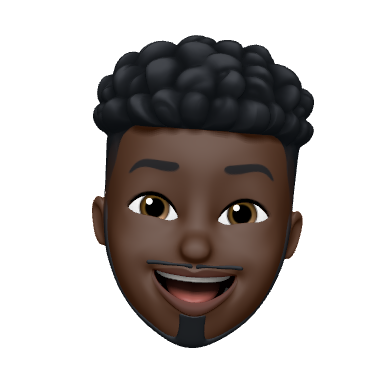User experience (UX) has long been associated with screens for websites, apps, buttons, and forms. But the principles that make digital experiences intuitive, meaningful, and enjoyable are not limited to flat interfaces. They extend into the spaces people move through every day. This is where spatial UX comes in - the intersection of UX design and architecture.
From Screens to Spaces
In traditional UX, a well-designed interface guides users effortlessly. Navigation is clear, tasks are easy to complete, and interactions feel natural. Spatial UX applies that same clarity to three-dimensional spaces. The “interface” becomes a room, a hallway, a desk, or even a virtual environment. How people move, perceive, and interact defines the experience itself.
Architects have long designed spaces with comfort, efficiency, and emotional impact in mind. UX designers focus on users’ cognitive load, mental models, and ease of interaction. Spatial UX brings these disciplines together, designing environments that users can navigate naturally, interact with intuitively, and remember emotionally.
Why Spatial UX Matters
- Navigation & Flow: Spaces should guide people effortlessly. In a physical store, subtle cues lead visitors through products. In VR or AR environments, avatars, tools, and objects must be positioned to maintain orientation and ease of use.
- Interaction & Engagement: Movement, gestures, touch, and gaze become interaction tools. Virtual objects, physical installations, or smart interfaces all require intuitive design.
- Multi-Sensory Design: Light, sound, texture, and environmental factors influence perception. Spatial UX considers all senses to create seamless, immersive experiences.
- Emotional Impact: Effective spatial design fosters connection, collaboration, and engagement, creating memorable experiences beyond simple functionality.
Examples in Practice
- VR Collaboration Platforms: Intuitive positioning of digital tools, 3D models, and avatars allows remote teams to collaborate as naturally as in-person.
- Museum Exhibits: Layouts guide visitors seamlessly through exhibits, with lighting, sound, and placement reinforcing storytelling.
- Smart Offices: Adaptive environments and AR wayfinding reduce friction in daily routines and enhance workplace efficiency.
The Human-Centered Bridge
Spatial UX represents the convergence of UX design and architecture. Architects bring expertise in scale, flow, and spatial perception, while UX designers bring research, empathy, and cognitive insight. Together, they create spaces that are not only functional but also intuitive, engaging, and human-centered.
Conclusion
As the boundary between physical and digital experiences continues to blur, spatial UX represents the next evolution in design. It moves beyond screens and buttons to consider movement, perception, and emotion, creating spaces that feel natural, immersive, and impactful. So the next time you step into a space that feels effortlessly intuitive whether real or virtual, know that you’ve just experienced the art of UX and architecture converging as SPATIAL UX.

.png)
.png)
.png)
